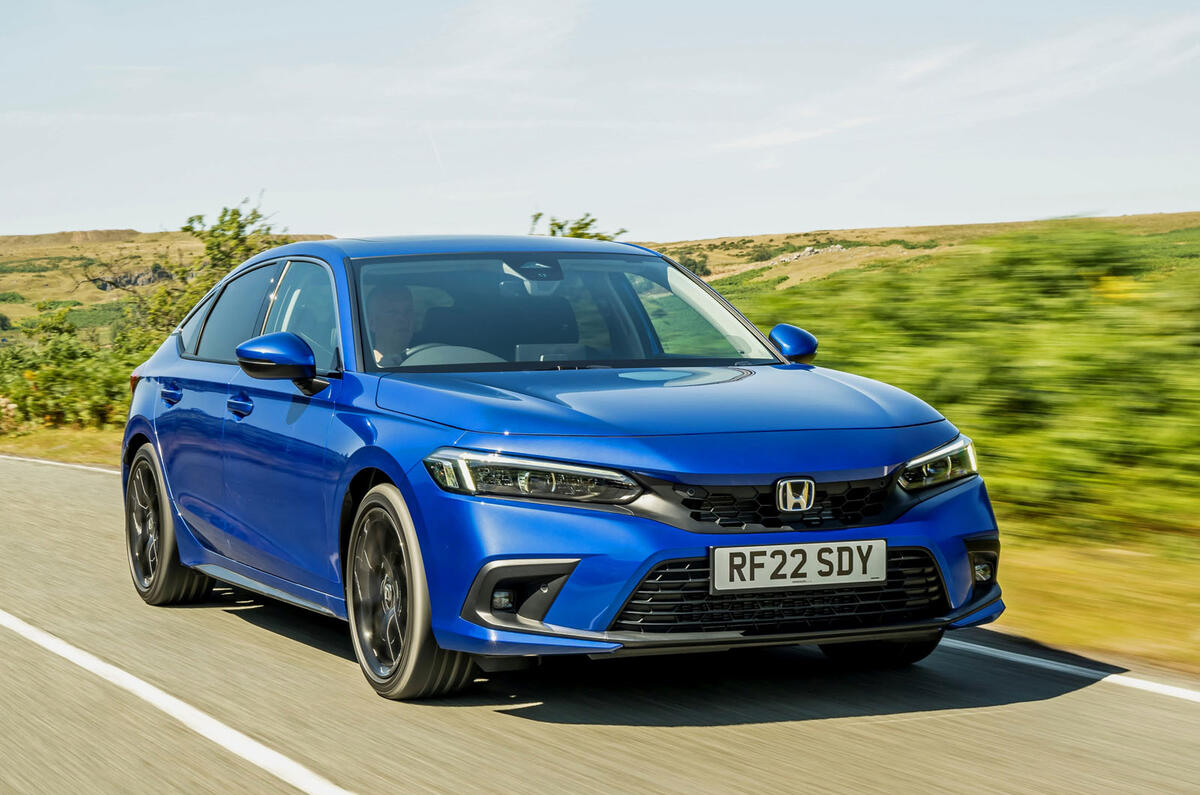In today’s used car market, finding a reliable vehicle under $10,000 is becoming more difficult, especially with rising prices and limited inventory in the affordable segment.
For buyers on a budget—whether you’re a first-time car owner, a student, or someone in need of a dependable second vehicle—the pressure is on to make a smart choice that balances affordability with long-term reliability.
Among the most trusted names in the automotive world is Honda, a brand renowned for producing durable, efficient, and long-lasting vehicles. But not all Hondas are created equal, and just because it bears the H badge doesn’t automatically mean it’s a wise investment.
Honda’s reputation is built on decades of engineering excellence, especially when it comes to fuel efficiency, powertrain durability, and value retention. Many used Honda models are considered top-tier choices for those looking to stay under a five-figure budget, with a wide range of compact sedans, midsize cars, minivans, and SUVs to choose from.
The brand’s legendary Civic and Accord lines have served as benchmarks for quality in their segments for years. However, some older Hondas—especially those from specific production years or equipped with problematic transmissions and electrical systems—have not aged as gracefully.
Others have gained a reputation for high maintenance costs due to frequent mechanical or electronic issues that can make ownership frustrating and expensive.
This article explores both sides of the coin: five Honda vehicles under $10K that are truly worth buying, and five you might want to think twice about. We’ve examined a range of factors, including drivetrain reliability, maintenance costs, common mechanical failures, and ownership satisfaction, to compile a balanced and informative guide.
The goal here isn’t to criticize Honda but to offer a realistic look at how different models and production years have performed over time. Every automaker has its strengths and weaknesses, and understanding those nuances can be the difference between a satisfying used-car purchase and a costly mistake.
It’s also worth considering that used cars at this price point often come with trade-offs. No matter how well-built a vehicle is, age and mileage can expose underlying issues. That’s why doing your research—and being aware of known problem areas—is just as important as getting a good deal.
For buyers looking at Hondas specifically, certain model years stand out as exceptional values, offering reliability and low ownership costs for years to come. Others, despite being affordable upfront, may lead to frequent trips to the mechanic.
So whether you’re looking for a dependable commuter, a student car, or a versatile family hauler, this guide is designed to help you navigate the used Honda market with confidence. Let’s dive into the five Honda models that deliver the best bang for your buck—and five others that, despite the badge, may be better left on the lot.
Also Read: 5 Cars With Easily Accessible Spark Plugs And 5 That Take Hours To Change
5 Honda Under $10K Worth Buying

1. Honda Civic (2012-2015)
The Honda Civic has long been celebrated as one of the most reliable compact sedans on the market, and the 2012-2015 models continue this tradition. This generation saw significant improvements over previous years, including a more modern exterior design, upgraded interior materials, and a smoother ride quality.
The 1.8-liter four-cylinder engine offers a well-balanced mix of performance and fuel efficiency, making it a great choice for those seeking an affordable, everyday commuter car. With gas mileage that ranges from 30-39 mpg, the Civic is highly economical and perfect for those who want to keep fuel costs down while still enjoying a responsive driving experience.
What sets the 2012-2015 Civic apart from its competitors is its reputation for long-term reliability. Honda’s 1.8L engine, which has been around for several years, is known for being durable and easy to maintain, often running for 200,000 miles or more with proper care.
Owners of these Civics often report minimal mechanical issues, and with regular oil changes, brake pad replacements, and routine maintenance, many of these vehicles will go the distance without major hiccups.
The cabin is spacious for a compact car, and the rear seats offer decent legroom, making it a practical option for small families or commuters who occasionally need to carry passengers. The trunk space is generous for its class, and the rear seats fold down for even more cargo versatility.
Another noteworthy feature is the Civic’s relatively simple electronics, which means fewer problems with the infotainment system or other complex electronics as compared to other vehicles in this price range. Although some models of the 2012-2015 Civic have had issues with the infotainment system or Bluetooth connectivity, these problems are not as pervasive as in some other Honda models.
The 2012-2015 Honda Civic remains one of the top contenders under $10K, offering excellent fuel economy, reliability, and a comfortable ride, making it an excellent option for those seeking a dependable used car.
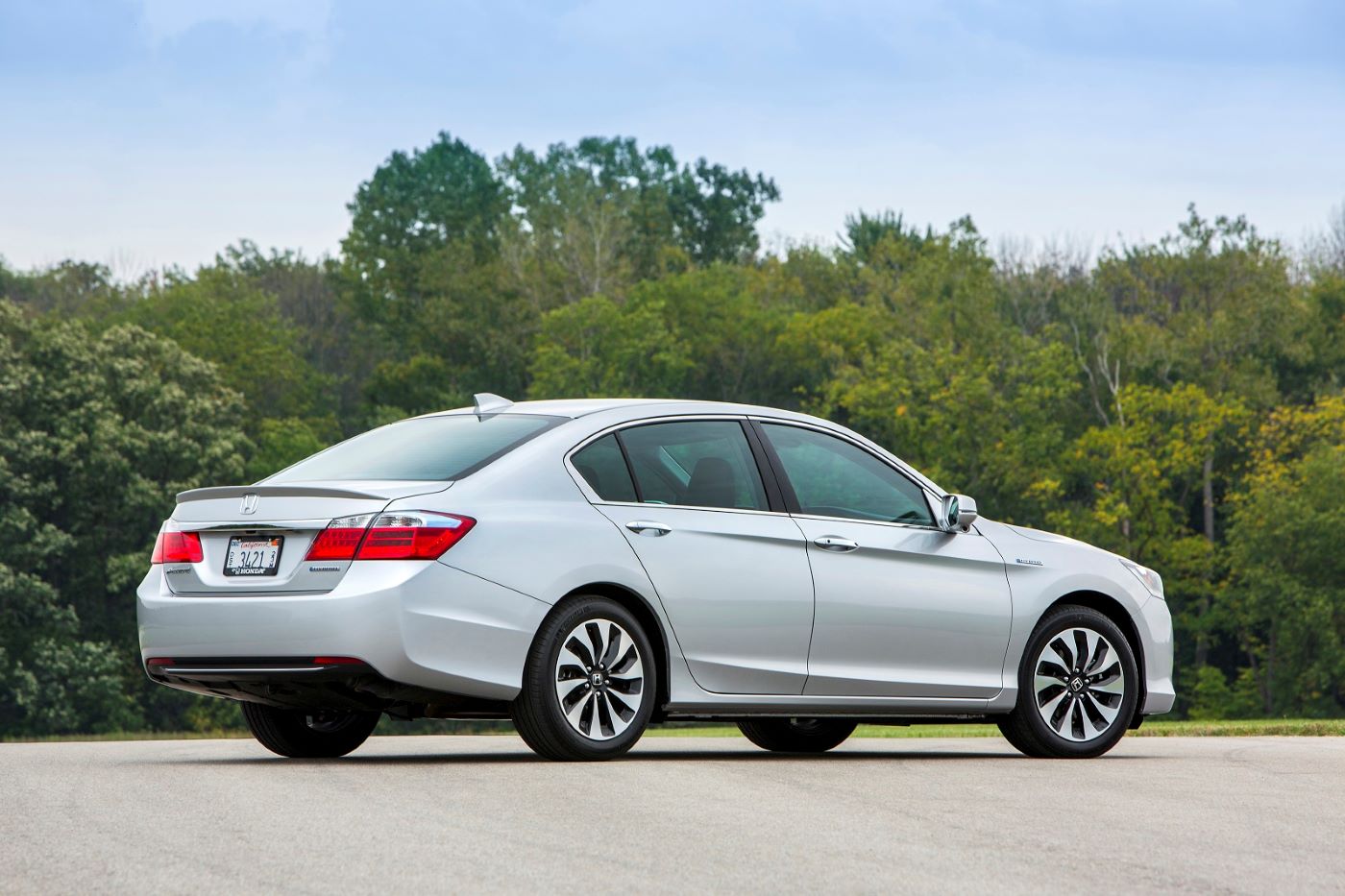
2. Honda Accord (2010-2012)
The Honda Accord, particularly the 2010-2012 models, offers an ideal blend of space, comfort, and reliability, making it one of the best midsize sedans under $10K. Known for its spacious cabin, smooth ride, and solid build quality, the Accord continues to be a go-to choice for families and commuters alike.
With a 2.4-liter four-cylinder engine as standard and the option for a more powerful 3.5-liter V6, the Accord delivers ample performance without sacrificing fuel efficiency.
The four-cylinder models achieve around 23-34 mpg, which is competitive for a midsize sedan, while the V6 versions offer a powerful engine capable of tackling highway driving with ease.
In terms of reliability, the 2010-2012 Accord is one of the most durable models in its class. With proper maintenance, these Accords are known to last well beyond the 150,000-mile mark and often exceed 200,000 miles with minimal mechanical issues.
The 2.4L engine, which Honda has perfected over many years, has few reported weaknesses, and it is relatively inexpensive to maintain compared to many competitors. As with all Honda models, regular maintenance is key, and these Accords are equipped with enough advanced features to keep drivers satisfied for many years.
The interior of the 2010-2012 Accord is comfortable and well-appointed, with plenty of legroom in both the front and back seats. The trunk offers generous cargo space, making it a practical choice for families or individuals who frequently haul gear.
In terms of technology, these Accords come with features like Bluetooth connectivity, USB ports, and a well-designed infotainment system that, although not as complex as newer systems, provides easy-to-use functionality.
Additionally, the Accord’s safety ratings are top-notch, making it an excellent choice for families who prioritize both reliability and peace of mind on the road.
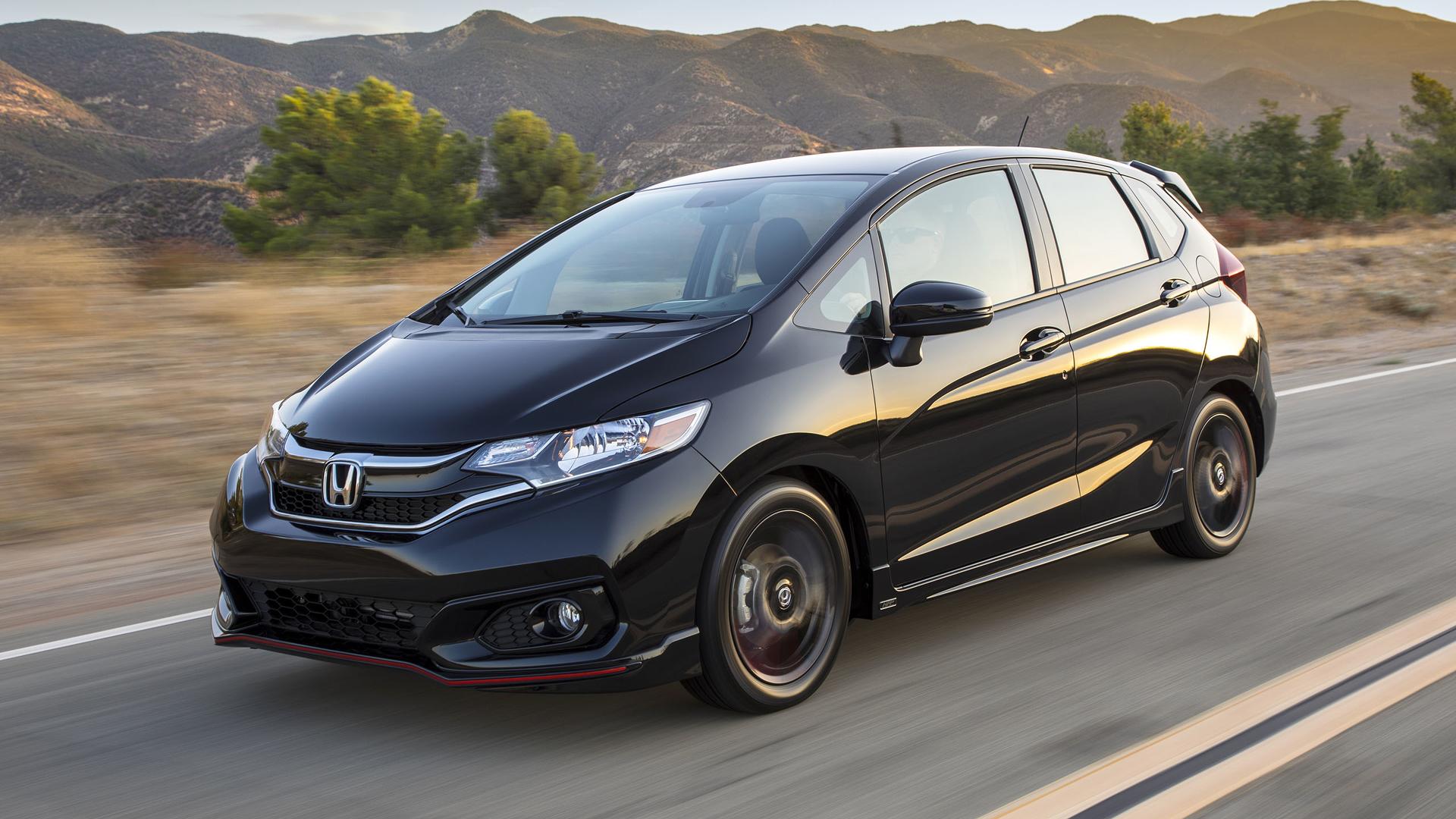
3. Honda Fit (2015-2017)
The Honda Fit, especially in its 2015-2017 iterations, is a fantastic choice for those looking for a compact car that doesn’t compromise on practicality.
This model of the Fit offers a spacious interior that belies its small exterior dimensions, thanks to Honda’s innovative “Magic Seat” feature that allows the rear seats to fold down flat or even flip up to accommodate taller items in the rear.
The 1.5-liter four-cylinder engine provides a perfect balance of power and efficiency, with fuel economy figures typically ranging from 33 to 40 mpg, depending on the trim and driving conditions. This makes the Fit one of the most fuel-efficient options in its class.
Despite its small footprint, the Fit excels in driving dynamics, offering sharp handling and a fun-to-drive experience. It’s nimble, making it perfect for city driving or tight parking situations. What makes the Fit even more appealing is its reputation for reliability—Honda’s engineering prowess is on full display here, with few reports of mechanical failures.
It’s not uncommon for these models to run smoothly for 150,000 miles or more with minimal maintenance beyond routine oil changes and brake replacements. The cabin is also well-designed, with easy-to-use controls, ample storage spaces, and good visibility for the driver.
One of the Fit’s standout qualities is its affordability, both in terms of purchase price and long-term maintenance. Even if you buy one under $10K, you’ll find that repairs are relatively inexpensive, and parts are widely available.
The reliability and low operating costs of the 2015-2017 Honda Fit make it a perfect option for anyone looking for a small car that will hold its value and provide years of dependable service.
Additionally, with its excellent fuel economy and versatile cargo space, it’s an excellent choice for urban dwellers, students, or anyone who needs a cheap and efficient daily driver.
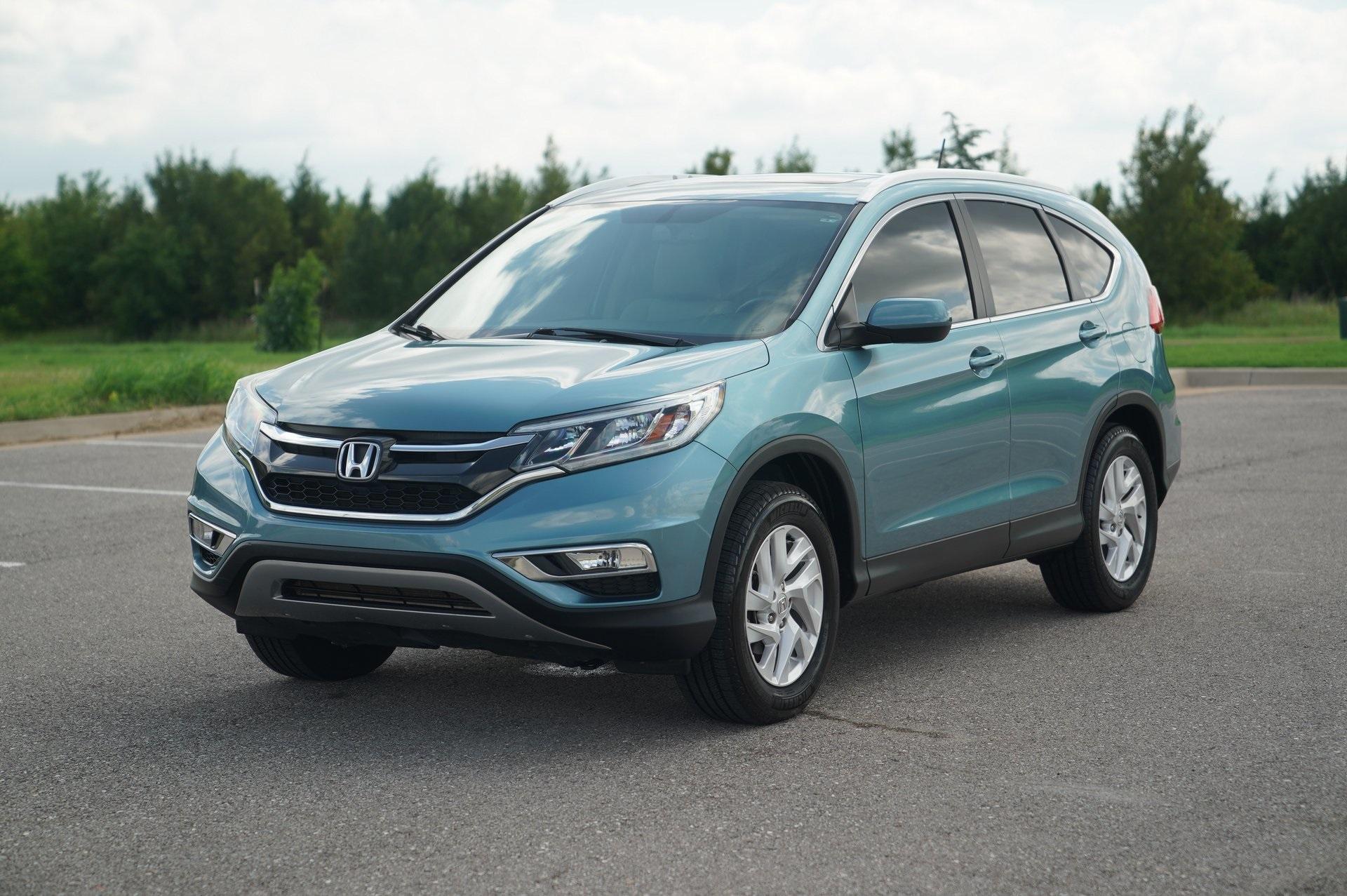
4. Honda CR-V (2010-2012)
The 2010-2012 Honda CR-V is a solid choice for anyone in need of a small, reliable SUV under $10K. These models come with a 2.4-liter four-cylinder engine that provides a good balance between power and fuel efficiency.
Offering around 20-28 mpg, the CR-V is an excellent option for those who want the added space and versatility of an SUV without sacrificing fuel economy. The CR-V’s all-wheel-drive system is particularly beneficial for those living in areas with inclement weather, providing added stability on slippery roads while maintaining good fuel economy for an SUV.
In terms of reliability, the 2010-2012 CR-V stands out as one of the most dependable compact SUVs. The four-cylinder engine has a proven track record, and these models are known for running well past 200,000 miles with minimal mechanical issues.
Common issues that arise are typically related to suspension components or the AC system, but these are relatively easy and affordable to fix. The cabin is spacious, with comfortable seating for five passengers, and the rear seats fold down to provide a substantial amount of cargo space—making it perfect for road trips or daily errands.
One of the CR-V’s major selling points is its high safety ratings, which are consistent across these model years. Honda’s commitment to building vehicles that excel in crash tests and offer advanced safety features makes the 2010-2012 CR-V a great choice for families.
The ride quality is smooth and quiet, and the cabin is designed with practicality in mind. While it’s not as refined as some of its more luxurious competitors, the CR-V offers a no-nonsense, comfortable ride with excellent visibility and a simple, user-friendly infotainment system.
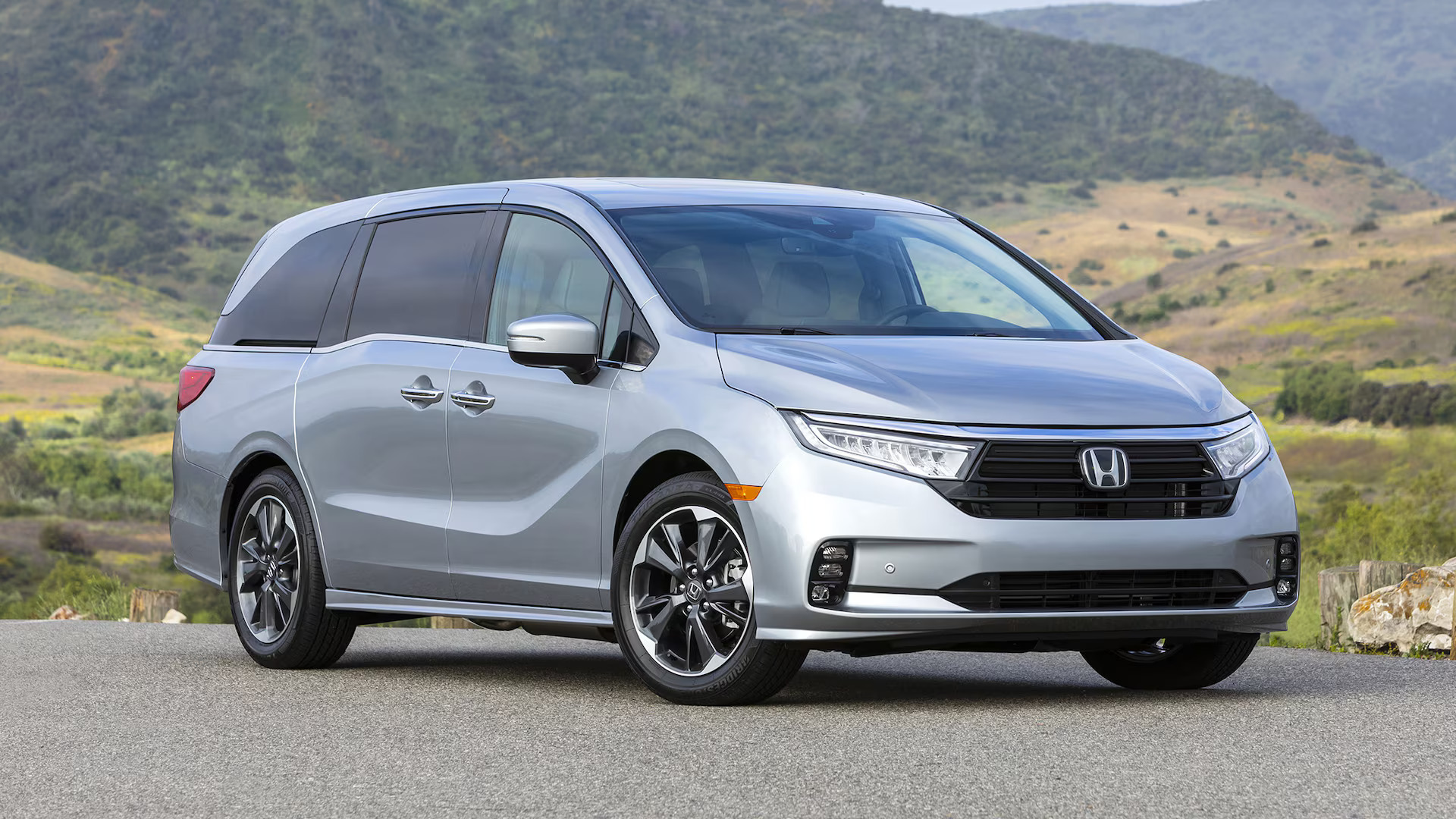
5. Honda Odyssey (2011-2013)
The Honda Odyssey remains one of the top choices in the minivan segment, and the 2011-2013 models represent excellent value for families looking for a reliable and spacious vehicle under $10K.
Powered by a 3.5-liter V6 engine, the Odyssey offers ample power for highway driving and the ability to tow small trailers, making it a versatile option for families who need more space for both people and cargo. These models achieve around 18-27 mpg, which is competitive for a minivan.
Inside, the Odyssey is incredibly family-friendly, offering seating for up to eight passengers and an array of thoughtful features. The cabin is spacious, and the rear seats slide and fold to provide flexible seating and cargo configurations.
Features like a rear entertainment system, multiple USB ports, and easy-to-use tech options make long drives more comfortable for both parents and kids. The 2011-2013 Odyssey also boasts excellent crash-test scores, making it a top choice for safety-conscious families.
Reliability is one of the Odyssey’s strongest suits, as it is known for lasting well past 200,000 miles with regular maintenance. The V6 engine is robust and, when properly maintained, offers years of dependable service.
Common issues that may arise include problems with the power sliding doors or the infotainment system, but these are generally not frequent or expensive to fix.
The Odyssey is a great choice for families who need space and versatility but don’t want to sacrifice reliability. If you’re looking for a used minivan that offers practicality and longevity, the 2011-2013 Honda Odyssey is an excellent option to consider.
5 Hondas Under $10K to Avoid

1. Honda Civic (2006-2010)
While the Honda Civic has earned its reputation for reliability, the 2006-2010 models are an exception to this rule and should be approached with caution when looking for a used car under $10K. These particular Civics, while fuel-efficient and well-built, have been plagued by several mechanical issues that can make owning one expensive in the long run.
The most common and concerning problem with these models is related to the transmission, particularly in the 2006-2008 years.
Many owners have reported premature transmission failure, with the CVT (continuously variable transmission) in these Civics experiencing slipping, hesitation, or total breakdown around the 100,000-mile mark. Replacing the transmission can cost upwards of $2,000, which is a significant blow to a used car’s value.
In addition to the transmission issues, the 2006-2010 Civic models are prone to power steering failures, which can manifest in hard steering or the complete loss of power steering. This is particularly concerning because the repair costs for the steering system can also be quite high.
Rust is another issue that affects these Civics, especially in areas with salty roads during the winter months. The undercarriage and rear wheel arches tend to be vulnerable to corrosion, which can lead to costly repairs or diminished resale value.
While the 2006-2010 Civics offer good fuel economy (averaging 25-36 mpg), their ongoing maintenance issues—particularly with the transmission and power steering—make them less appealing, especially for buyers seeking a reliable, low-cost vehicle. Although they may appear affordable at first glance, the long-term repair costs and frequent mechanical failures make them a risky choice for those shopping under $10K.
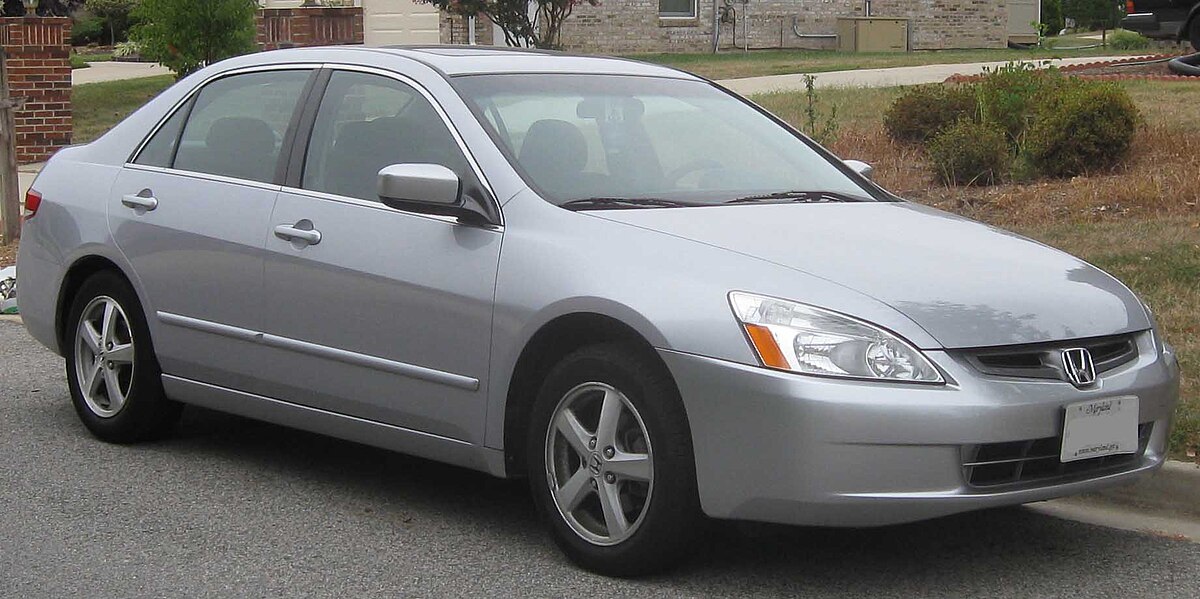
2. Honda Accord (2003-2007)
The Honda Accord is known for being a solid, reliable midsize sedan, but the 2003-2007 models come with a variety of issues that make them less appealing as used car options, particularly for those looking for a budget-friendly, low-maintenance vehicle. One of the most prevalent issues with these Accords is the automatic transmission, especially in the 2003-2005 models.
Owners have reported premature transmission failures, with some vehicles experiencing slipping gears, rough shifting, or total transmission failure as early as 100,000 miles. Repairing or replacing the transmission can be an expensive process, often costing between $2,500 and $3,500, which can drastically reduce the value of the vehicle.
Additionally, the 2003-2007 Honda Accords are susceptible to problems with their power steering pumps. Leaks from the pump can cause a loss of steering fluid, leading to hard or unresponsive steering, a critical safety issue. These issues are typically expensive to repair, and some owners have reported ongoing problems even after replacement.
Another issue reported by many owners of these Accords is excessive oil consumption, especially in the 2006-2007 models. This can result in higher-than-usual maintenance costs as the engine will need more frequent oil changes and may experience engine damage over time if not addressed properly.
While the Accord offers good interior space, comfort, and decent fuel economy (around 21-30 mpg), these long-term issues—particularly with the transmission and power steering—make it a risky choice for those seeking an affordable and dependable used vehicle under $10K.
If you decide to go for one of these models, it is crucial to thoroughly inspect the transmission and steering components, as replacement parts and labor costs can quickly add up, overshadowing the vehicle’s initial affordability.
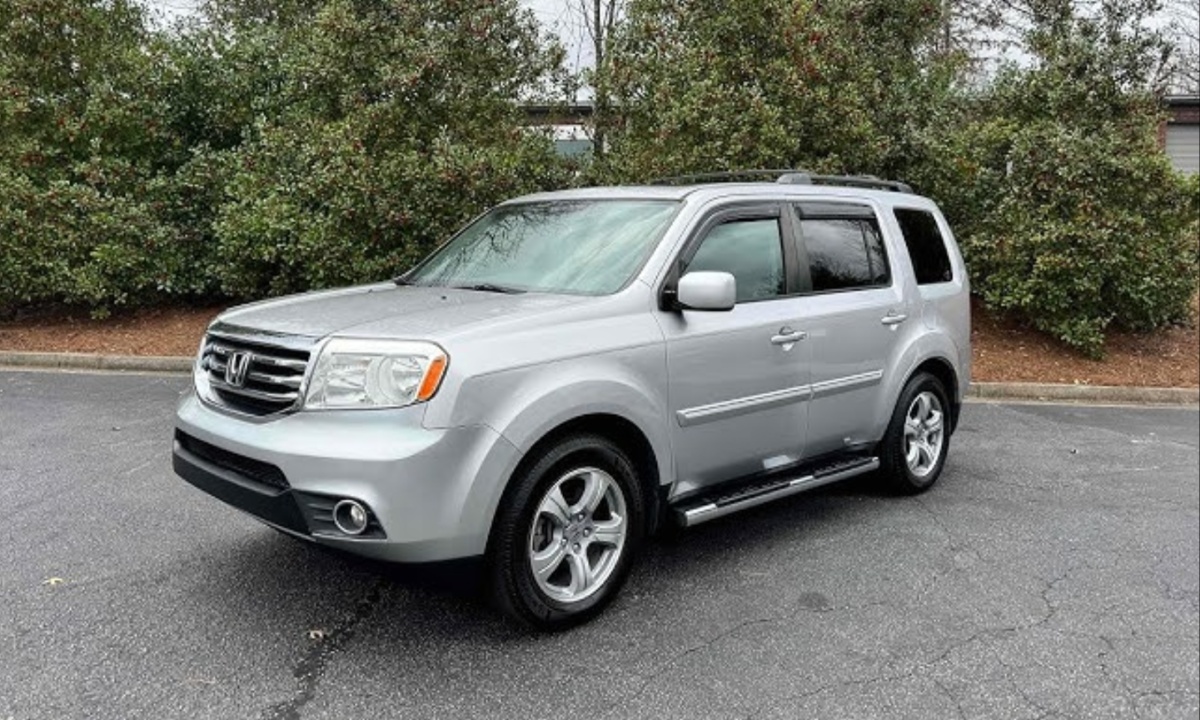
3. Honda Pilot (2003-2008)
The Honda Pilot is a popular choice for those needing an affordable midsize SUV, but the 2003-2008 models should be avoided, particularly if you’re seeking a vehicle that offers long-term reliability and minimal repair costs. These Pilots are known for experiencing significant transmission problems, particularly in the earlier models (2003-2005).
Owners frequently report issues such as slipping gears, harsh shifting, and complete transmission failure, often after around 100,000 miles. Replacing the transmission in these vehicles is an expensive endeavor that can cost upwards of $3,000, which severely impacts the vehicle’s value and affordability.
In addition to the transmission issues, the 2003-2008 Honda Pilots are prone to problems with the rear differential, which can lead to noise, vibration, or even total failure if left unaddressed. This issue is often accompanied by expensive repairs, further contributing to the Pilot’s cost of ownership.
These models also tend to suffer from suspension problems, including premature wear of suspension components such as struts, which can result in a rough, uncomfortable ride. Furthermore, the electronic systems in these Pilots—particularly the power windows and door lock actuators—are prone to failure over time, resulting in costly repairs or replacements.
While the Pilot offers decent interior space and a solid build, its significant mechanical issues, especially with the transmission and rear differential, make it a poor choice for buyers seeking a low-maintenance vehicle.
These models can be tempting for those looking for an affordable SUV, but the ongoing repair costs associated with these issues can make ownership more expensive than expected, and ultimately, they are best avoided if you’re shopping under $10K.
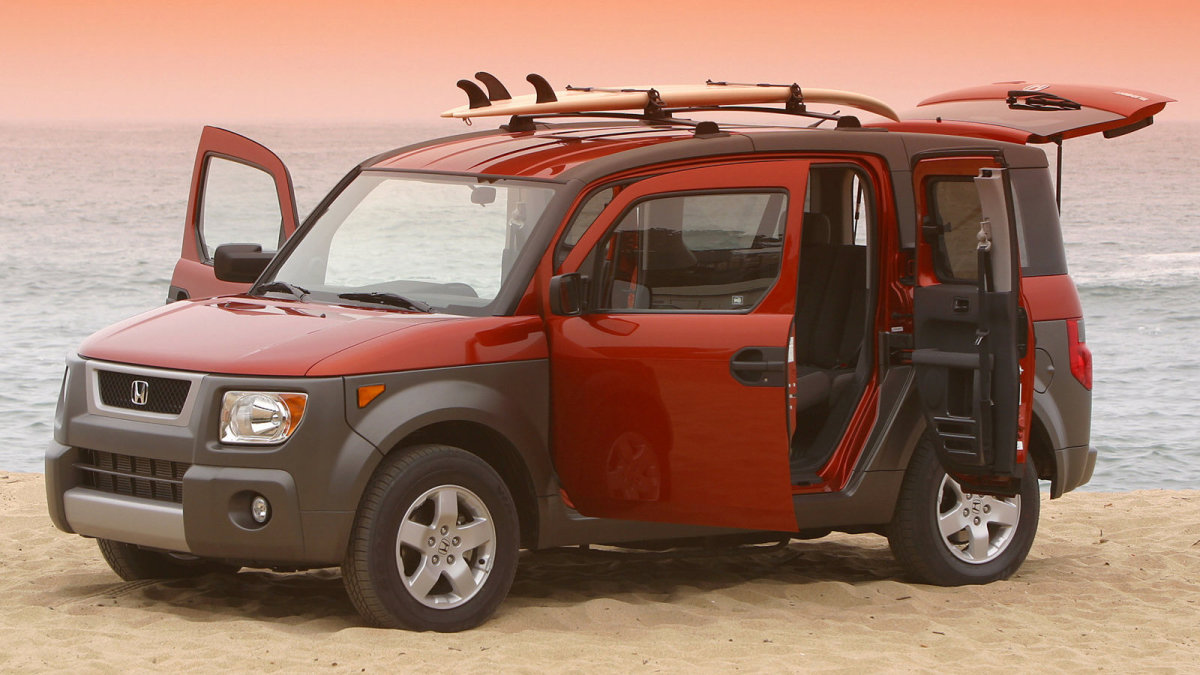
4. Honda Element (2003-2008)
The Honda Element, known for its boxy design and unique appeal, is not without its fair share of issues, particularly in the 2003-2008 models. While the Element boasts a spacious, functional interior with flexible seating configurations, its mechanical issues, especially concerning the transmission and power windows, make it a risky buy for those looking for a dependable vehicle under $10K.
One of the primary issues with these models is the transmission. Much like the Civic, the Element’s automatic transmission (especially in the 2003-2006 models) is prone to slipping, harsh shifting, and total failure as the vehicle ages, typically around 100,000 miles. This issue can result in costly repairs or replacements, undermining the Element’s affordability.
Another common issue with the 2003-2008 Element is the power windows. Many owners have reported that the power window regulators fail frequently, resulting in windows that either do not roll up or down properly or become stuck in one position. Replacing the window regulators is expensive, and given the number of instances of this problem, it’s a major drawback for anyone considering buying an Element in this price range.
Additionally, the Element has been known to suffer from significant interior wear and tear. The hard plastic surfaces, while practical for cleaning, tend to develop scratches and scuffs more easily than in other vehicles, which detracts from the interior aesthetic and can lead to further issues if left unchecked.
Although the Element’s versatility, with its easy-to-clean interior and unique features, may seem appealing, the transmission issues, frequent power window failures, and rapid interior deterioration make it a poor investment for anyone seeking a trouble-free used car. These problems, combined with its relatively low resale value, make the 2003-2008 Element a model best avoided if you’re shopping for a used Honda under $10K.
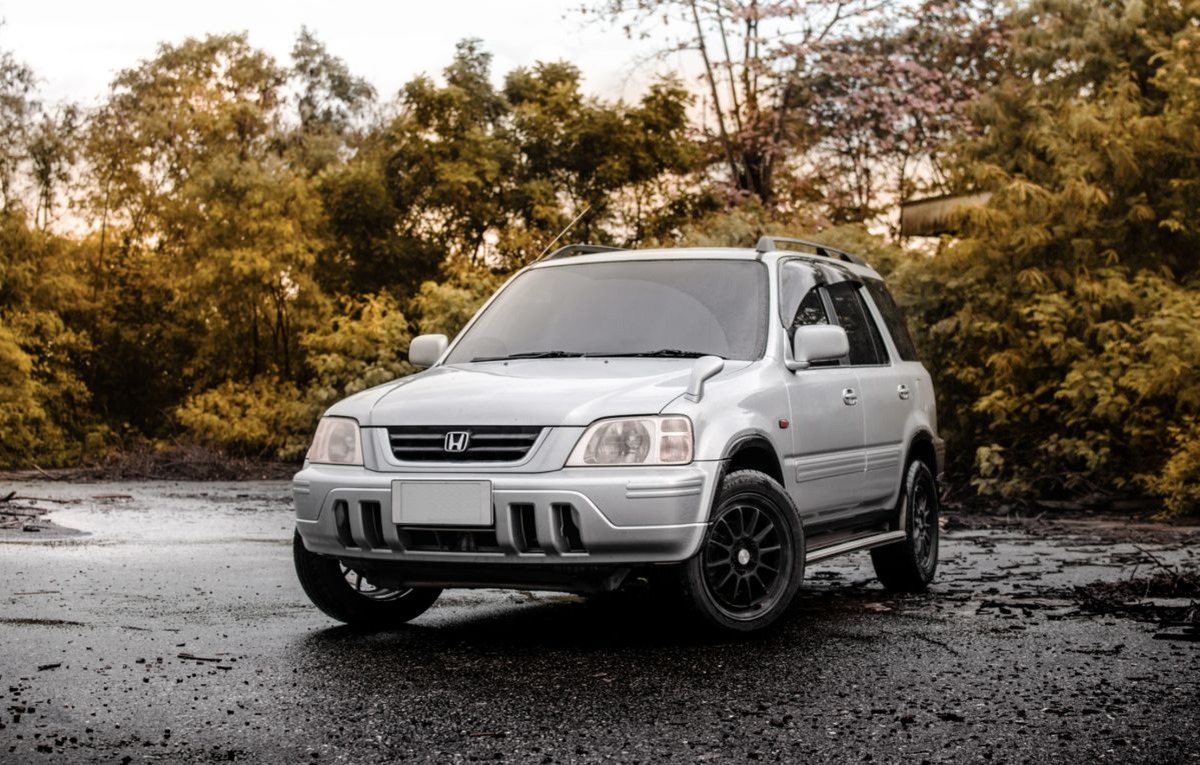
5. Honda CR-V (2002-2006)
The Honda CR-V is a highly regarded compact SUV, but the 2002-2006 models are plagued with mechanical issues that can make them an unreliable and costly option for buyers seeking a used car under $10K. While the CR-V offers a reputation for reliability, these particular models have experienced a series of common problems, with the most notable being the transmission.
Many 2002-2004 CR-Vs suffer from automatic transmission failure around the 100,000-mile mark, leading to expensive repairs that can easily exceed $2,500. Transmission issues can arise as early as 80,000 miles, which is a significant concern for potential buyers looking for a reliable, low-maintenance SUV.
Another major issue with the 2002-2006 CR-V is the suspension system. Many owners report early wear of suspension components, such as the struts, control arms, and bushings, which leads to a rough ride and costly repairs.
These models also experience frequent issues with the air conditioning system, with many owners reporting that the A/C stops working properly or that there is a constant musty smell emanating from the system.
Although these issues are not necessarily deal-breakers on their own, the frequency with which they occur in this generation of the CR-V makes it a poor choice for buyers on a tight budget who are looking to avoid costly repairs.
In addition to the mechanical issues, the 2002-2006 CR-Vs are known for having more electronic problems than their newer counterparts. These include faulty door lock actuators, malfunctioning window regulators, and issues with the sensors that control the vehicle’s stability system.
While these are generally not major issues, they can add up over time, making the 2002-2006 CR-V a vehicle that’s best avoided if you want a more reliable, hassle-free driving experience.
Also Read: 5 Cars That Rarely See the Mechanic And 5 That Practically Live There
Navigating the used car market can feel like a daunting process, particularly when you’re limited to a $10,000 budget. With price tags that low, every dollar counts—and so does every mile already on the odometer. For buyers considering a Honda, it’s easy to assume that any model from this respected brand will automatically offer dependability and value.
But as we’ve seen, that isn’t always the case. Honda has built some incredibly reliable vehicles over the decades, but like any automaker, it’s had its missteps. Knowing which models to target and which to avoid is essential when making a smart, informed purchase in the used market.
The five Hondas we’ve identified as worth buying under $10K—such as the 2012–2015 Civic, 2010–2012 Accord, 2015–2017 Fit, 2010–2012 CR-V, and 2011–2013 Odyssey—offer a compelling combination of long-term reliability, low maintenance costs, and practicality.
These vehicles represent Honda at its best: engineering that’s built to last, interiors designed with real-world use in mind, and performance that doesn’t sacrifice fuel economy.
They’re especially appealing to first-time buyers, families on a budget, or anyone looking to get the most from every dollar they spend on a car. When properly maintained, these models can deliver peace of mind well past the 150,000-mile mark—something that can’t be said for all vehicles in this price range.
On the flip side, it’s important to acknowledge the Hondas that haven’t aged as gracefully. Models like the 2006–2010 Civic, 2003–2007 Accord, 2003–2008 Pilot, 2003–2008 Element, and 2002–2006 CR-V all come with specific red flags—whether it’s frequent transmission failures, oil consumption problems, or electronic glitches—that make them risky buys, even when the price tag is tempting.
What might seem like a good deal at first could quickly turn into a financial drain if you end up dealing with costly repairs or recurring mechanical issues. These models serve as a reminder that even respected brands have periods or platforms where things just didn’t come together as reliably as expected.
Ultimately, the key to a successful used car purchase isn’t just the brand name—it’s the model, the year, the maintenance history, and the known track record of performance and reliability. That’s why it’s so crucial to do your homework before making a purchase.
Check service records, have the vehicle inspected by a trusted mechanic, and don’t be swayed by a low price tag alone. A car that costs less upfront but requires thousands in repairs is no bargain at all.
For buyers with their sights set on Honda, the good news is that there are still plenty of strong options under $10K that deliver excellent value. With smart shopping and informed decision-making, it’s entirely possible to find a dependable Honda that fits your budget and avoids the costly pitfalls that come with picking the wrong model or year.
In the end, knowledge is your most powerful tool in the used car market, and this guide aims to give you the clarity needed to make the best possible choice.

